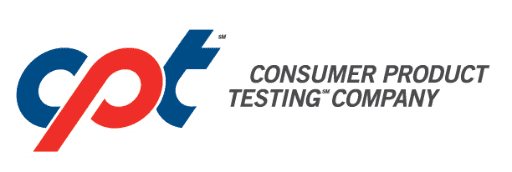With the increasing prevalence of allergic reactions reportedly caused by foods and cosmetic products over the past decade, it is now common for consumers to scrutinize and compare product labeling at the time of purchase, checking for the presence of any ingredient(s) that could cause an allergic reaction in themselves or members of their family. Not surprisingly, demand for more allergy-friendly products has surged in recent years. Owners of products labeled as “free of” specific allergens are responsible for verifying that their products are indeed free of the allergen(s) of concern through testing and vendor certifications.
Regulatory agencies, such as the US Food & Drug Administration (FDA) and Federal Trade Commission (FTC), are now regularly challenging such claims, requiring product owners to provide supporting evidence that their product is free of the claimed allergen(s). As a result, many manufacturers are now installing wide-ranging testing protocols and strict controls over raw material sourcing, manufacturing and equipment cleaning processes. All of this is needed to prevent the introduction of allergens into products from raw materials, processing aids, cleaning agents and cross-contamination from other products or the use of non-dedicated processing equipment.
Which are the allergens of concern?
Food Allergens – Under the Food Allergen Labeling and Consumer Protection Act of 2004 (FALCPA), a “major food allergen” is an ingredient that includes one of the following five foods or pertains to one of the following three food groups:
- Milk
- Egg
- Fish
- Crustacean Shellfish
- Tree Nuts
- Wheat
- Peanuts
- Soybeans
Cosmetic Allergens – There are five classes of ingredients that are generally recognized as common allergens found in cosmetic products. They are as follows:
- Natural Rubber/Latex
- Fragrance Ingredients – 26 ingredients including but not limited to Amyl Cinnamal, Benzyl Alcohol, Citral, Eugenol, Geraniol, d-Limonene, Linalool and γ-Methylionone.
- Preservatives – Methylisothiazoline (MIT), Methylchloroisothiazolinone (CMIT), Formaldehyde and Formaldehyde Releasing ingredients such as Bronopol and Quarternium-15.
- Dyes, Color Additives and ingredients therein including but not limited to p-Phenylenediamine (PPD) and Coal-Tar.
- Metals including but not limited to Nickel and Copper.
How is allergen testing conducted?
Since allergens can take many physical and chemical forms, there is not one testing scheme that is suitable for all. Allergens that are specific organic molecules, such as the various fragrance allergens, preservatives and dyes, are commonly tested chromatographically, employing Gas Chromatography (GC), High Performance Liquid Chromatography (HPLC) and Ultra Performance Liquid Chromatography (UPLC). Allergens that are inorganic by nature, such as metals or metallic compounds, may be tested by Inductively Coupled Plasma (ICP), Atomic Absorption Spectrophotometry (AA) or Ion Chromatography (IC). Additionally, there are testing schemes that are both highly specific and highly sensitive, based upon Enzyme-Linked Immunosorbent Assay (ELISA) technology which targets specific allergens (e.g., Latex), allergen groups (e.g., Fish and Tree Nuts) or their proteins (e.g., Gluten).
The most common testing programs that are employed for the purpose of identifying and/or eliminating allergens from food and cosmetic products include the screening of raw materials, the testing of products and the post-cleaning testing of non-dedicated processing equipment.
What types of allergen testing does CPT offer?
CPT Labs can provide strategic planning assistance and testing services that are appropriate for supporting the “Free of Allergens” claims that our clients wish to make. Meeting “Free-of” detection requirements, as outlined in 16 CFR 260.9, requires testing methods that are validated for residual testing and have the highest degree of detection sensitivity. The analytical experts at CPT are well-versed in allergen testing, using state-of-the-art equipment and the most current methodologies. Analytical techniques such as GC, HPLC, UPLC, IC, ICP, AA and ELISA are employed on a daily basis for allergen and other low-level detection testing.


